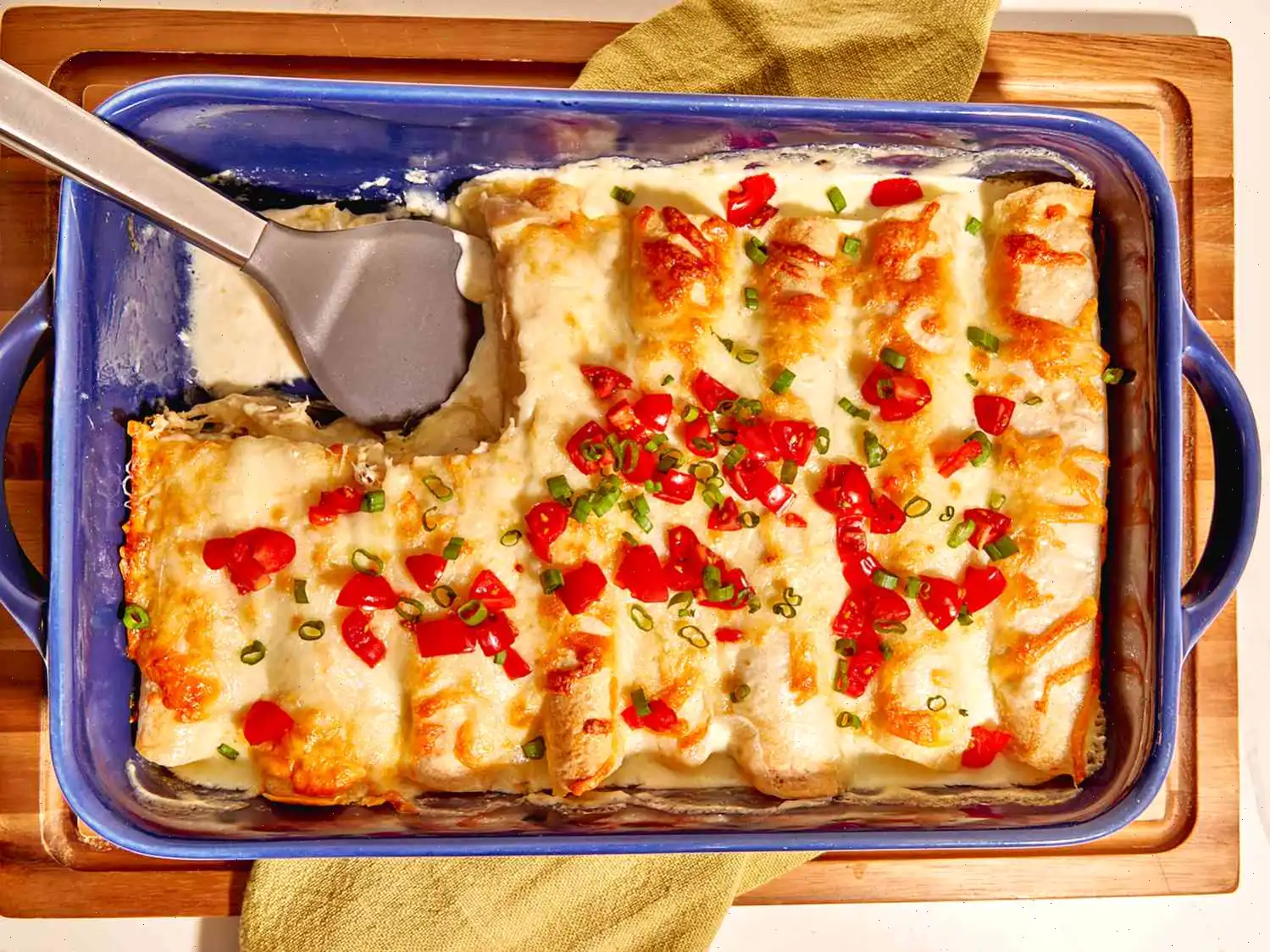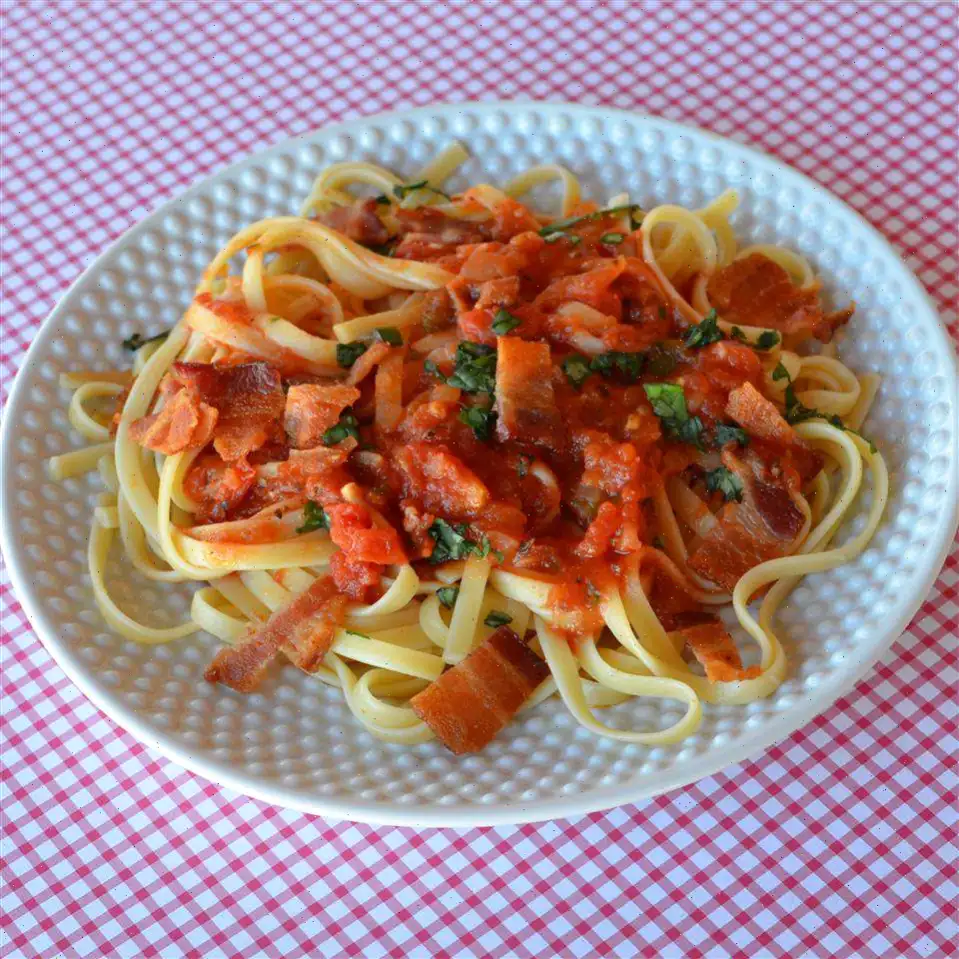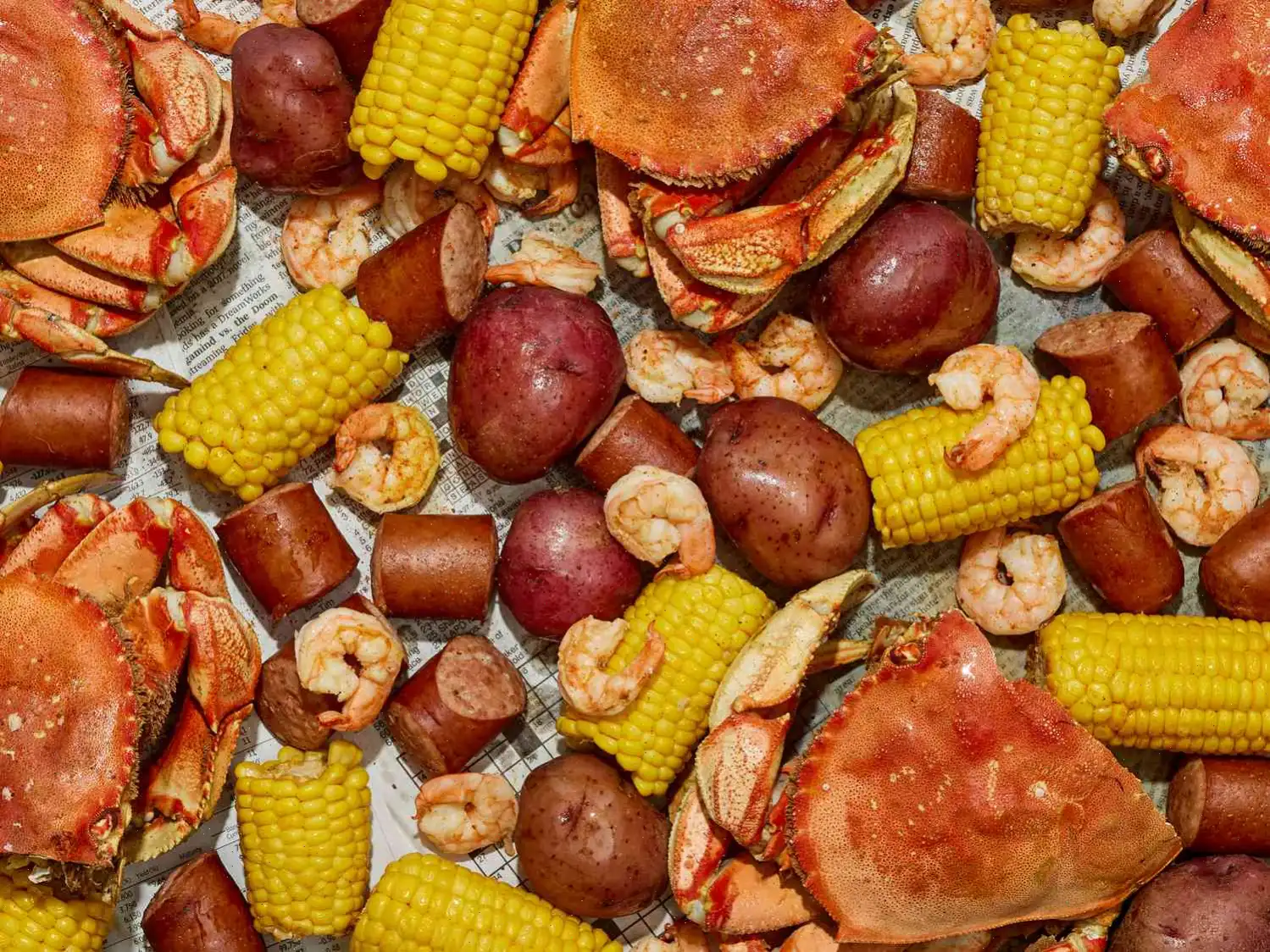
Spicy Pickled Cucumbers Recipe
Ingredients
This recipe was developed at its original yield. Ingredient amounts are automatically adjusted, but cooking times and steps remain unchanged. Note that not all recipes scale perfectly. Original recipe (1X) yields 6 servings.
- 1 cup water
- 1 cup white vinegar
- 1/4 cup honey
- 7 cloves garlic, chopped
- 1/2 teaspoon black peppercorns
- 1/8 teaspoon pickling spice
- 1/8 teaspoon mustard seeds
- 1/8 teaspoon red pepper flakes, or more to taste
- 1/8 teaspoon salt
- Fresh dill to taste, divided
Directions
Step 1: Rinse the cucumbers and pat them dry. Trim off both ends, then slice each cucumber in half. Cut each half into spears. Place the spears into a clean, wide-mouth mason jar.
Step 2: In a saucepan, add the water, vinegar, and honey. Toss in about half of the chopped garlic, then drop the remaining garlic into the jar with the cucumber spears.
Step 3: Using a mortar and pestle, grind the black peppercorns, pickling spice, mustard seeds, and red pepper flakes together. Sprinkle half of the mixture into the saucepan, and add the rest into the jar with the cucumbers.
Step 4: Add fresh dill to the saucepan to your liking. Drop some dill fronds into the pickle jar as well.
Step 5: Add salt to the saucepan. Heat the mixture on low, stirring constantly until the honey has fully dissolved and the mixture is well combined.
Step 6: Pour the mixture over the cucumber spears, filling the jar to within 1/8-inch of the rim. Seal the jar tightly with a lid.
Step 7: Refrigerate the jar for at least one week before using, allowing the flavors to develop.
Nutrition Facts (per serving)
| Calories | 56 |
| Total Fat | 0g |
| Saturated Fat | 0g |
| Cholesterol | 0mg |
| Sodium | 46mg |
| Total Carbohydrates | 13g |
| Dietary Fiber | 0g |
| Total Sugars | 12g |
| Protein | 0g |
| Vitamin C | 1mg |
| Calcium | 14mg |
| Iron | 0mg |
| Potassium | 28mg |
* Percent Daily Values are based on a 2,000 calorie diet. Your daily values may be higher or lower depending on your calorie needs.
** Nutrient information is not available for all ingredients. Amounts are based on available nutrient data.
Note: If you are following a medically restrictive diet, please consult your doctor or registered dietitian before preparing this recipe for personal consumption.
The Story Behind Spicy Pickled Cucumbers
Spicy pickled cucumbers have a history that stretches back centuries, rooted in the need to preserve fresh produce before the advent of refrigeration. Pickling as a method originated in ancient Mesopotamia and Egypt, where cucumbers were soaked in brine or vinegar to extend their shelf life. Over time, the addition of spices and aromatic herbs became common, creating the tangy, flavorful pickles we enjoy today. In America, pickling cucumbers gained popularity in the 19th century, especially in immigrant communities that brought their regional variations, often enriched with garlic, dill, and chili for a piquant kick.
Regional Variations
Different regions have distinct approaches to spicy pickled cucumbers. In the American South, the pickles tend to be sweeter, incorporating sugar or honey alongside vinegar. In Eastern Europe, particularly Poland and Hungary, pickles often feature garlic, dill, and hot paprika, creating a sharper, more robust flavor. Russian-style spicy pickles emphasize a balance of sourness and spice, frequently including mustard seeds and black peppercorns, much like the recipe provided. Even within the United States, local adaptations vary: New York deli pickles often lean toward intense vinegar flavors with a moderate spice, while Southern pickles are typically milder and sweeter.
Distinguishing Features from Similar Dishes
Spicy pickled cucumbers stand out from other pickled vegetables primarily due to their combination of heat and herbal aromatics. Unlike bread-and-butter pickles, which are sweet and mellow, these pickles balance sweetness with acidity and spiciness. Compared to fermented cucumbers, which rely on natural bacteria for tang, this recipe uses vinegar and honey to achieve both preservation and flavor. The use of fresh dill and whole spices like mustard seeds and peppercorns adds depth that simple cucumber-and-vinegar pickles often lack.
Where They Are Typically Served
These pickles are versatile and commonly served as a side dish or condiment. They are a staple at barbecues, picnics, and family dinners, often accompanying sandwiches, burgers, or smoked meats. In Eastern European cuisine, spicy pickled cucumbers appear on appetizer platters, served alongside cured meats and cheeses. In American households, they are frequently enjoyed straight from the jar as a crunchy, tangy snack or added to salads for extra zest.
Interesting Facts
One fascinating aspect of pickling cucumbers is that their flavor improves over timethe spices infuse deeply into the cucumbers, enhancing their complexity. The combination of honey and vinegar creates a natural preservative effect, while also softening the sharpness of the garlic and spices. Historically, pickled cucumbers were valued not only for taste but also for their medicinal properties, believed to aid digestion and boost immunity. Modern science confirms that fermented pickles, in particular, contain probiotics, which support gut health. Additionally, the tradition of giving pickles as gifts during the holiday season continues in many cultures, symbolizing health, prosperity, and hospitality.
You can listen to this recipe in AI audio format. Simply click the play button below to listen to the content in a format that suits you best. It’s a great way to absorb information on the go!








